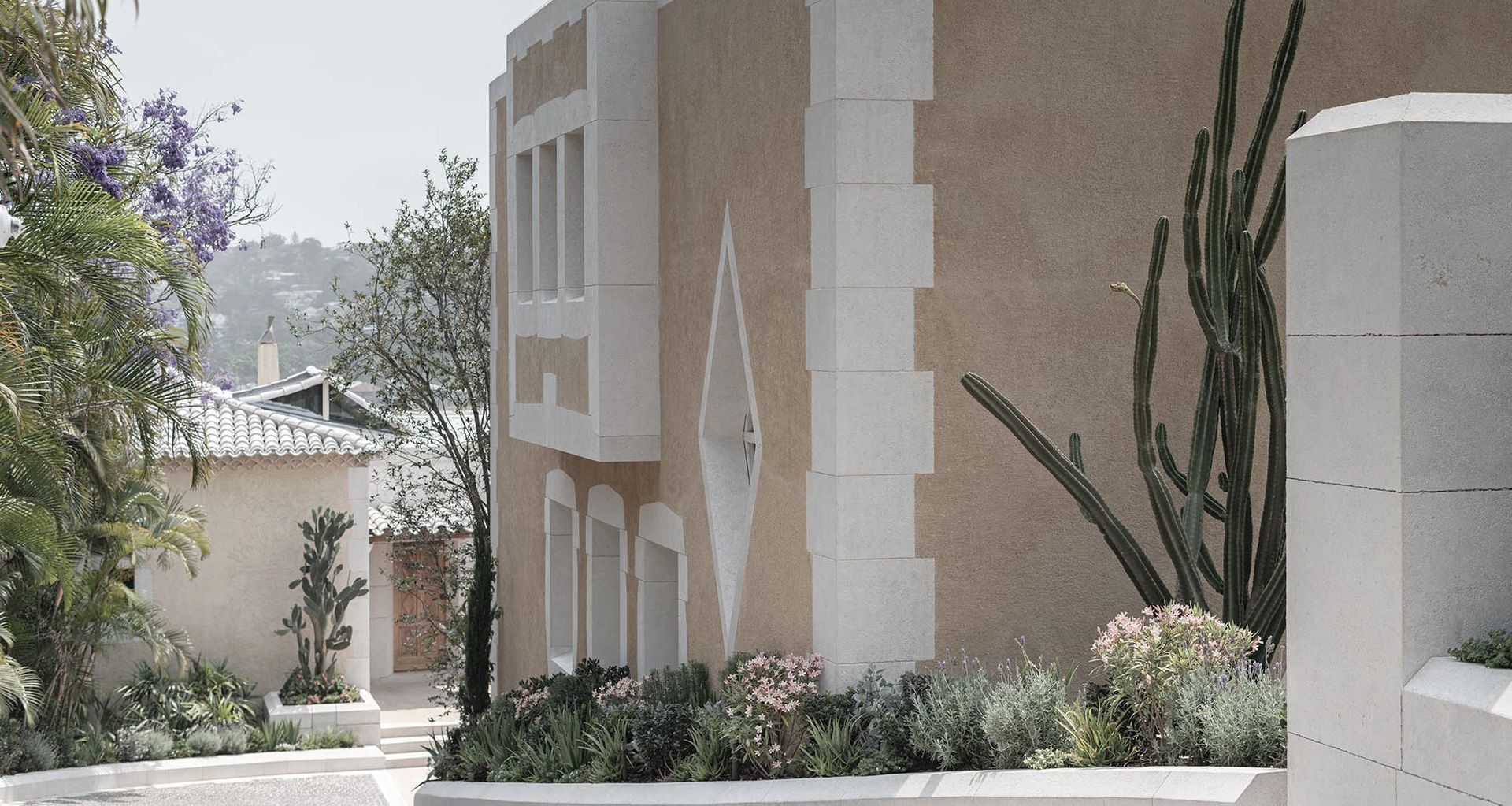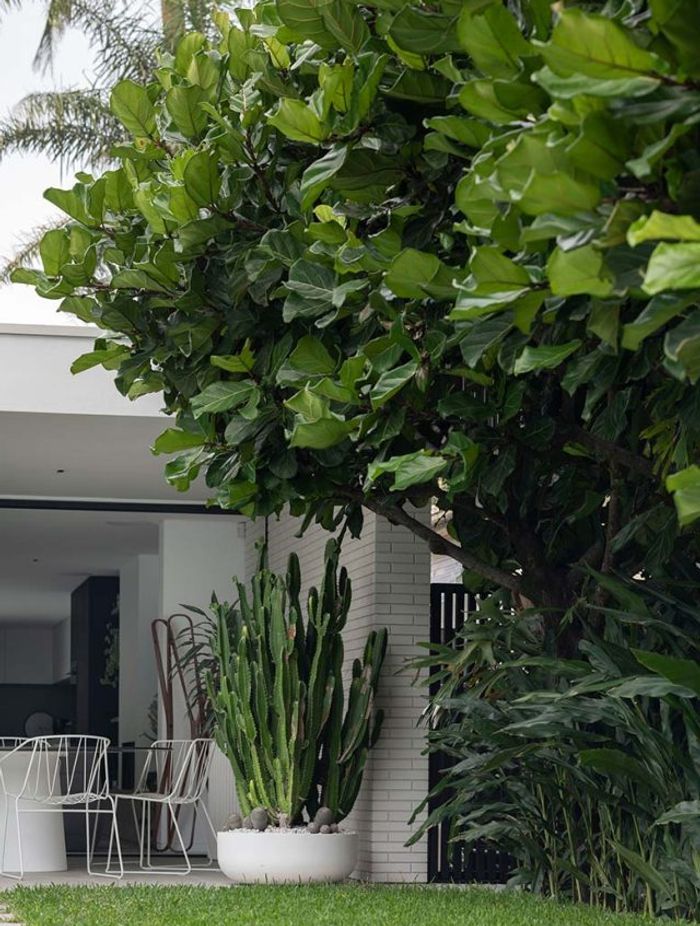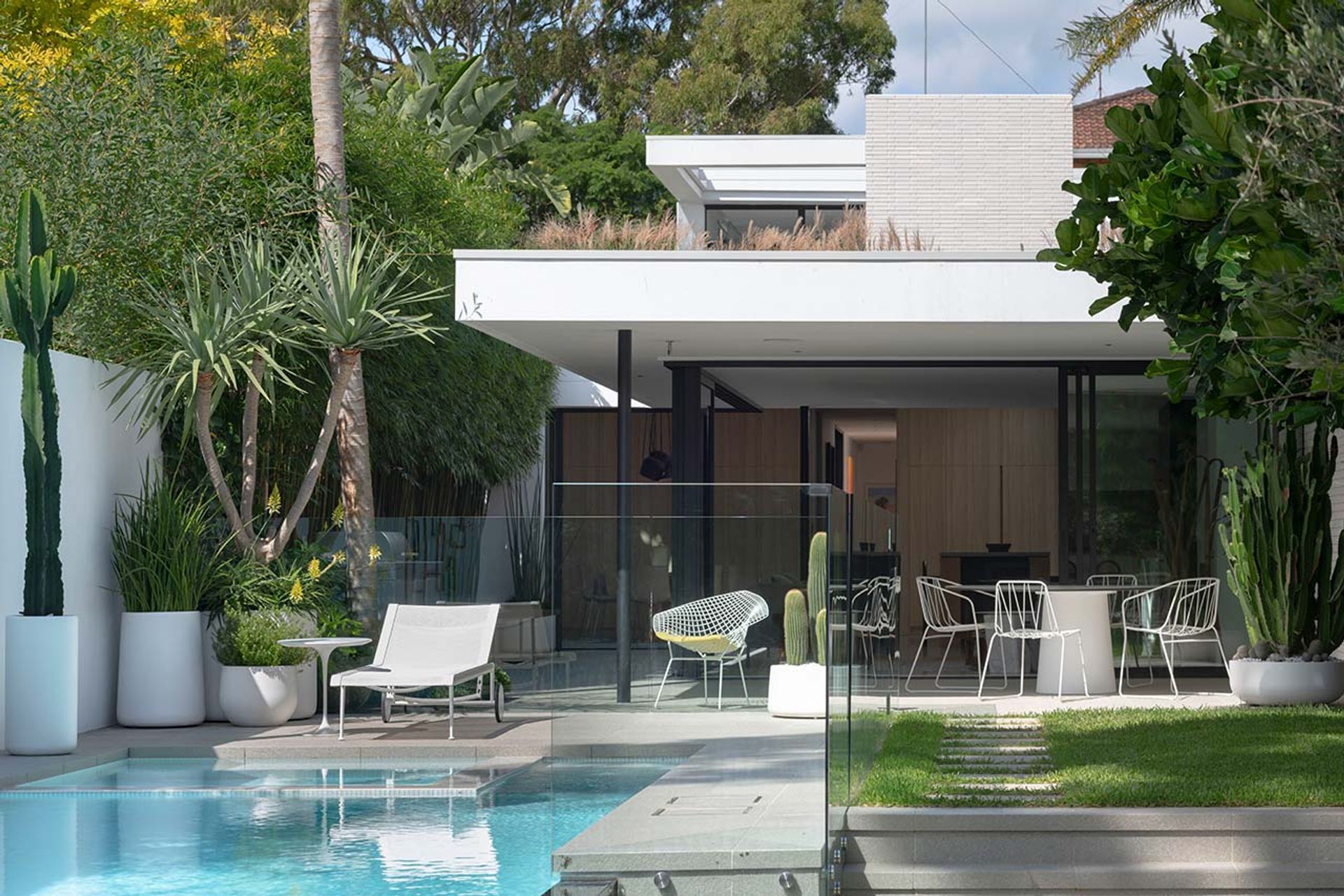High and dry: Exploring the cool world of Cactus

“They are quite hardy and drought tolerant,” he says. “They have a versatility that allows them to fit in with a lot of traditional planting styles with some of their colours and forms working beautifully with many existing planting schemes.”
Images of cactus gardens on social media platforms like Instagram, particularly from arid parts of the Americas, have also driven interest from homeowners who have been won over by their strong architectural shapes. Throw in their ability to be placed in positions too tight or inaccessible for other plants, plus a reputation for being low maintenance, and it becomes an easy decision to add them to the planting scheme.

“They do have quite a sculptural quality to them with a wide variety of contrasting forms and a broad range of colours from dusty greens and blues through to vibrant flowers of pink and red,” says Nick.
While they are valued for their versatility, Nick says a ‘less is more’ approach where they are placed sparingly as part of a larger planting scheme, is often the most successful way forward.
It’s just contrasting those forms but also applying a bit of restraint. There is a tendency to create an entire cactus garden but we are trying to balance out the forms of the cactus against the rest of the planting.
“We use them as a contrast to more traditional planting types and they can create a bit of relief in larger schemes as a point of focus because they are quite sculptural,” he says. “It’s just contrasting those forms but also applying a bit of restraint. There is a tendency to create an entire cactus garden but we are trying to balance out the forms of the cactus against the rest of the planting.”

Cacti like the classic euphorbia or ‘cowboy’ cactus (technically a succulent) can also add height to spots in the garden where access and irrigation can be problematic. While most people think of them as quite static plants, Nick says cacti can change colour and flower, depending on conditions. As with all plants, he says cacti will always do best when they have the right soil and climatic conditions to thrive.
“Cactus favours drier, more arid conditions – and that is where it thrives,” he says. “Too much water, or where the soil remains wet, can cause them to rot or deteriorate quickly but they are great plants to use where we can’t put irrigation, like some rooftops where we can’t manage drainage.
“It’s quite good because it provides another tool for certain areas where traditional plants may not work because they are tall and narrow. That works for quite a few spaces where a climber on the wall is probably the only other option.”

While their growth habits can make them a great choice where space might be tight, Nick says lifestyle factors should always be a consideration when selecting the right cactus for your garden.
“They need to have enough room,” he says. “If people don’t have an understanding of the growth habit of a cactus, some can grow into a large, broad tree. You also want to allow some spaces to navigate around. It’s worth being aware of if you have young children or pets.”
Used well, cacti can be the perfect addition to the garden, providing contrast in areas of full sun or part shade to softer planting forms with finer textures like grasses, without the need for a lot of water. And there are more options available than most people might think, says Nick.
“The surprising thing about cacti for many people is the vibrant colours.”
- It’s easy to fall in love with images of cactus gardens but a ‘less is more’ approach will focus attention better on a few select cacti
- If you only have a small garden or balcony space, cacti can do very well in pots. Speak to your designer about the best option
- Cacti do not like having wet feet. Ask your design professional for advice about managing heavy rains to ensure your plants stay healthy
- Be conscious of the ‘spikiness’ of some species of cacti, especially around pets and small children

